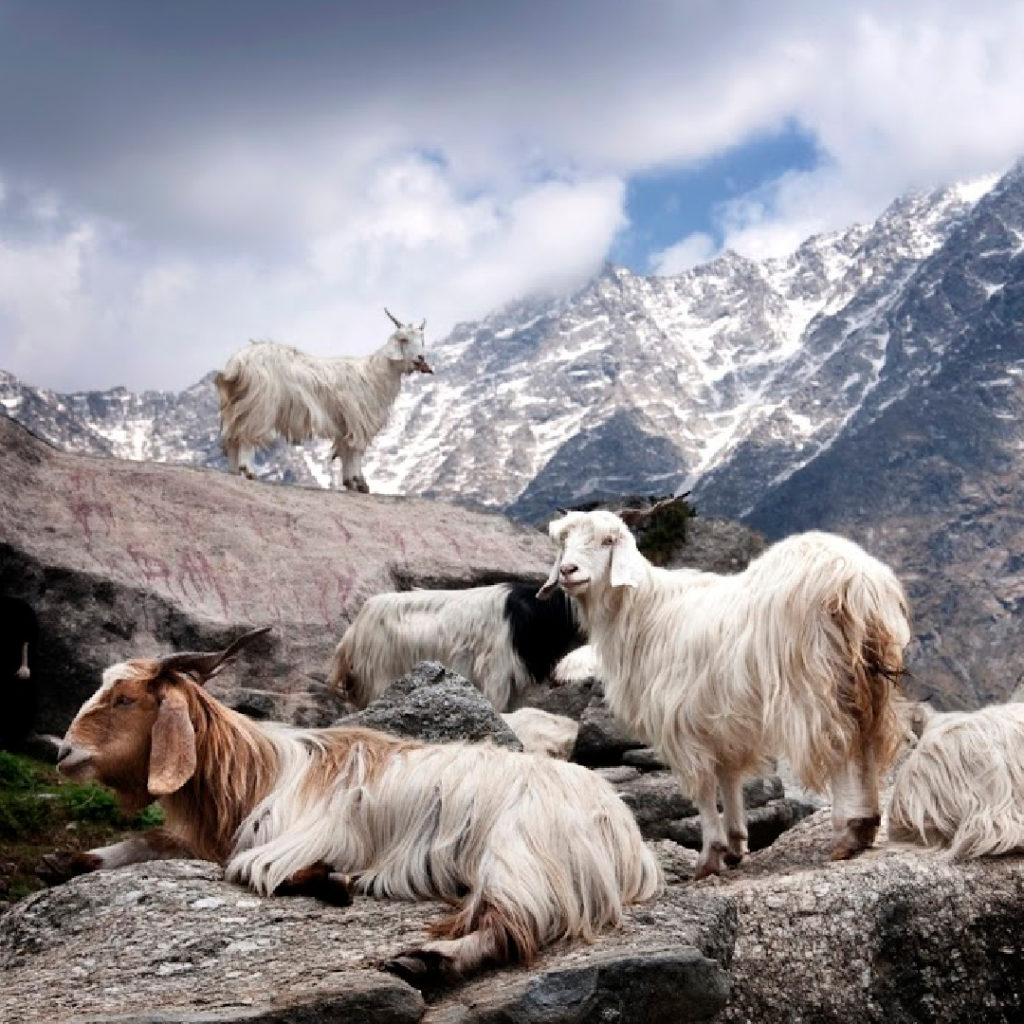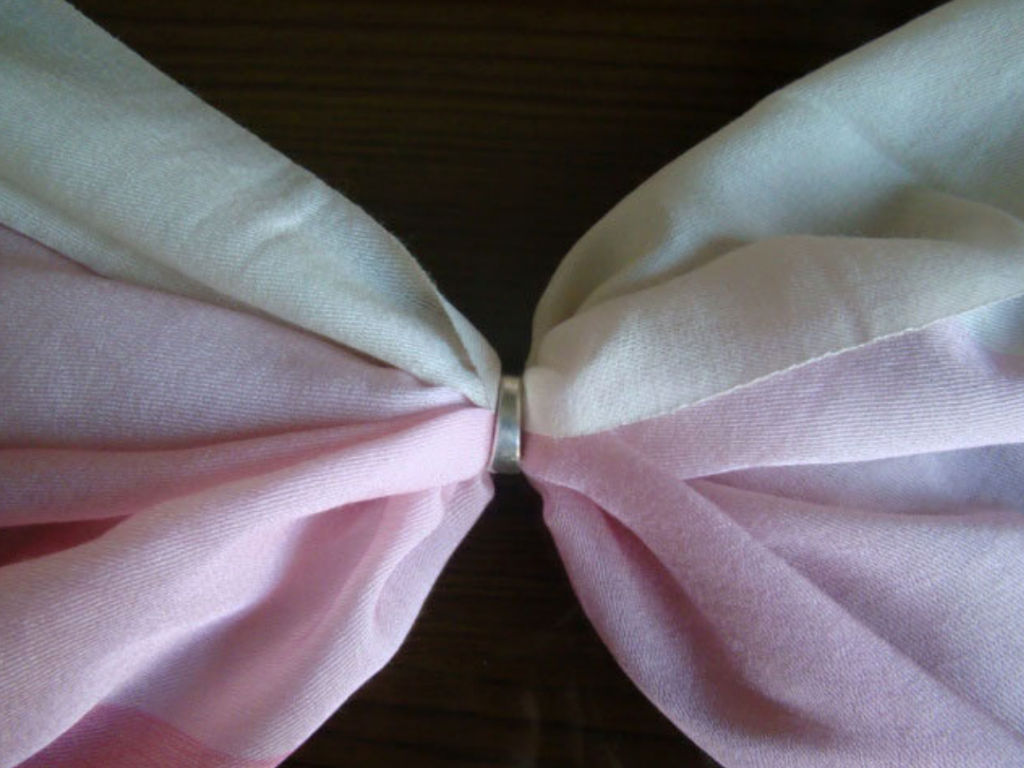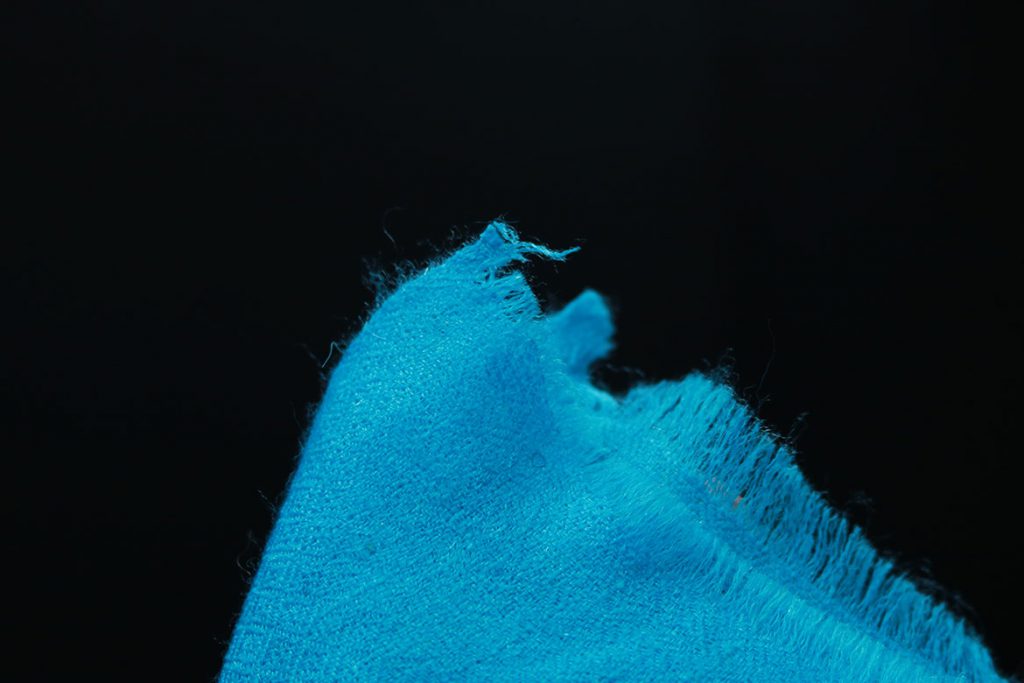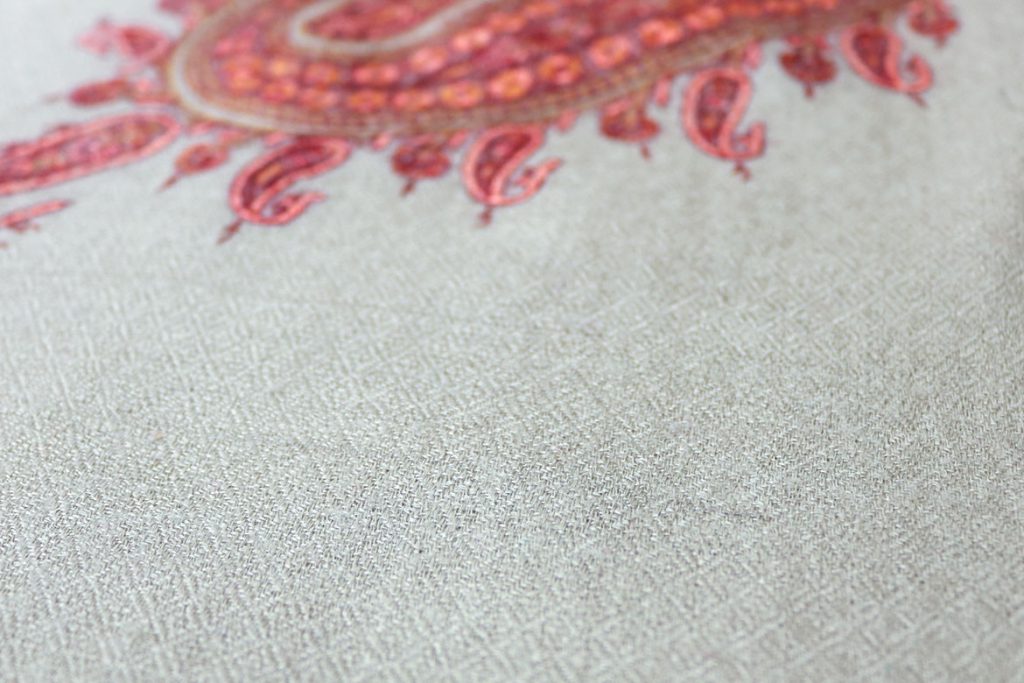When Pashmina was discovered for the very first time in 16th century Kashmir, it was in its purest form. The reason behind purity was that synthetic fibre did not exist. And that machines had not taken over. But as soon as greedy and dishonest traders began dealing with the luxury craft, they introduced machines like power looms into the manufacturing. Power looms need stronger threads and hence strong fibres like nylon would be mixed with Pashmina to be processed by power looms. And the beauty of Kashmiri Pashmina - which was its premium quality and finesse began to be compromised. Pashmina was produced by many regions, but it was only Kashmiri Pashmina that would have international patrons and admirers.
Present Scenario of Kashmiri Pashmina
The present scenario differentiates Kashmiri Pashmina from its counterparts. While there is lesser production of Pashmina from Kashmir, big giants like China have taken over the market. China produces 70 percent of the world's cashmere production, while Mongolia produces 20 percent. The remaining 10% is produced in other Cashmere producing regions like Afghanistan, India, Nepal, the United States of America, and elsewhere.
Based on the types of Cashmere, there are three main breeds that are reared over the Mighty Himalayas in Tibet, Nepal, and Central Asia

- Changthangi or Pashmina goat: This is the goat whose undercoat grows Kashmiri Pashmina. It is reared on the Chanthang plateau in Tibet and parts of the Ladakh region
- Malra goat: This breed of goats comes from the Kargil area of Kashmir
- Chegu goat: Cashmere wool comes from the Chegu goat in the Himachal Pradesh in North India
- Chyangra goat: The Nepalese Pashmina goat Chyangra is reared for its Cashmere wool.
Also read: Is Pashmina Vegan?
The Geographical Indication
Out of all these production centres, it is the Kashmiri Pashmina that is considered the best and the finest. We, at Pashmina.com, bring you our exquisite collection of handcrafted Pashminas from this rare cashmere goat species of Kashmir. On 5 August 2013, Kashmiri Pashmina was given the Geographical Indication (GI) as an authenticity certification. It is a mark corresponding to a specific geographical location or origin.
The Geographical Indication acts as a certification that the product has some unique qualities not found anywhere else, enjoys a certain reputation due to its geographical origin, and is crafted according to traditional methods. And since Kashmir Pashmina is the only Pashmina in the world that uses the traditional Charkha (locally known as the yinder) to spin, and traditional handloom to weave the Pashmina, it is hence the most original of all. For Kashmiri Pashmina, GI mark means it is
- Hand Spun
- Hand Woven
- The fibre has a diameter of 12-16 microns
The Geographical Indication has been much helpful for the locals in many ways
- GI Pashmina helped with the prosperity of local artisans who work day & night to produce Pashmina using only traditional methods
- GI Pashmina helps one to identify fake Kashmiri Pashmina wraps; thus preventing consumers to fall prey to false claims of deceivers.
- The king of Wools - Pashmina has to an extent regained its lost glory.
The deception of the Ring Test

Before industrialization and the introduction of cheap and fake copies of the Pashmina from around the world, no one cared about if the piece they have draped is even real. But since the late 19th century, when the European and American dealers started mixing real Pashmina with imitated copies, everyone began to doubt their highly invested Pashminas.
Is my Pashmina shawl original? Have I been cheated? These questions have now for decades haunted patrons of traditional shawl making. It came to the notice of many buyers that to check the genuineness of their Pashmina wraps, one has to pass it through a finger-ring. If it passes, it is an original piece. But little did they have any knowledge about the fallacy of this test.
Also read: How are Pashmina Shawls made?
The Truth
The Pashmina ring test is not valid. With the invention of fabric softeners, even the roughest of wool can pass through a ring. The ring test was valid for Shahtoosh shawls, but never has the ring test been a parameter for testing the originality of Pashmina.
Where did the ring test come from?
A renowned corporate house featured an advertisement. In the ad, a trader sells Pashmina to women who inform him about their knowledge of an original Pashmina wrap and that he must not try to deceive them. The women in the ad use the ring test itself to check the originality of the piece. The advertisement did not go well with the people of J&K, who very well knew that the ring test is a fallacy. The ad was misleading and proved to be detrimental for the Kashmiri artisans, whose Pashminas were pure but did not pass through a ring.
How to check real Pashmina?
Since the advent of the Geographical Indication (GI) certification, it has become absolutely easy for customers to identify real Pashmina against fake copies. The first method to check if your Pashmina is not fake is looking for a GI tag. It is somewhere around the corners of the shawl. If you find on the Pashmina GI tag, then you are investing in the purest form of the Kashmiri Pashmina scarf. Rest assured that Pashmina, GI marked is the purest of all. If you own a GI Pashmina, you do not need to worry about purity or authentication.
However, if there is no GI tag over the shawl, that doesn't mean that the shawl is not original. If your seller provides you a certificate of quality assurance done by The CDI (Crafts Development Institute) Ministry of Textiles as part of Govt of India that certifies each product, the shawl is still pure and original. Pashmina (GI) holds the top position, as far as purity is concerned.
Testing Your Pashmina
You are sorted if you have to buy a Pashmina now since you know what to check with your seller. But what if you already own a Pashmina? Is it original? Is it pure?
Here is how to find this out
Purity Tests for Pashmina

There have been certain purity tests for a Pashmina wrap which can be done even at your home. Let's go through them and get our Pashminas checked right after this
The Burn Test
Take a piece from the fringes of your Pashmina wrap and burn it.
Now, check the odor of the burnt piece and the texture of the ashes carefully with your fingertips.
If you get a burnt hair smell, then your piece is most likely to be pure. Since Pashmina is made from real, natural hair, it gives out the smell of the same upon burning.
The burnt part of Pashmina should be matte, quite similar to how it was before.
Weave of the Wrap

Hold your Pashmina wrap against a light source so that its weave is visible.
If you see irregularities and nuances in the weave, your Pashmina is most likely original.
That is because a machine-made shawl has perfect and regular weave patterns which isn't the case with a handmade. It is these irregularities that make a Pashmina an heirloom piece.
Too much glow?
If your Pashmina wrap has a shiny surface, then know that it has silk fabric added to it while weaving. Pashmina is a natural goat hair that is matte in its appearance. A little shine is possible as the thread is exceptionally fine, but too much of it shows your product is fake.
It is said that beautiful places carry beautiful things. This doesn't come true more in any other place than Ladakh. It's more like nature has gifted the world with the overwhelming beauty of Ladakh, and gifted Ladakh the overwhelming beauty of heritage Pashmina.
Also read: All You Need to Know About the Pashm Fibre - Pashmina Wool